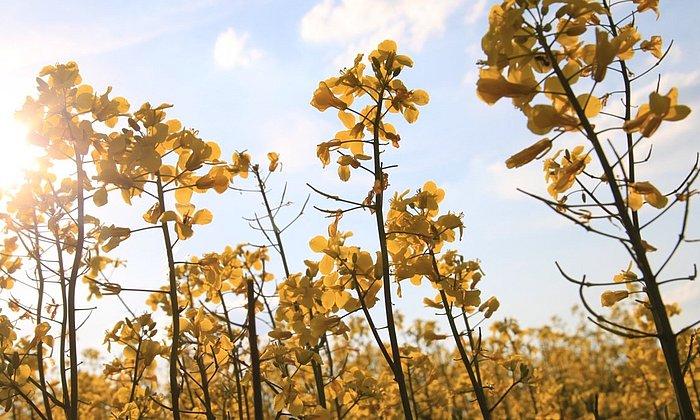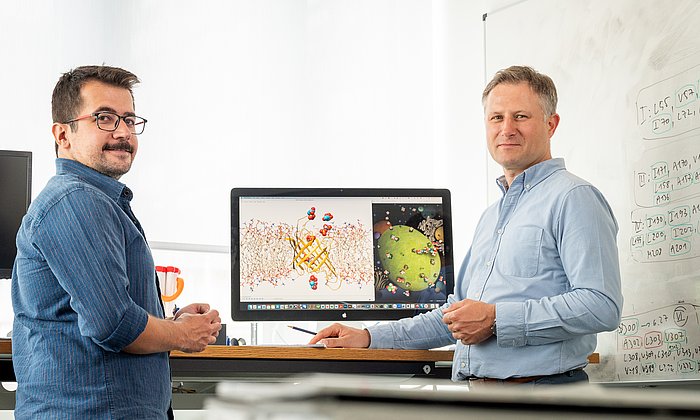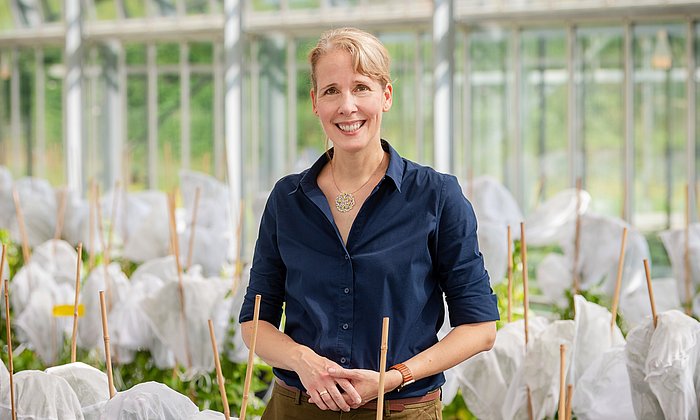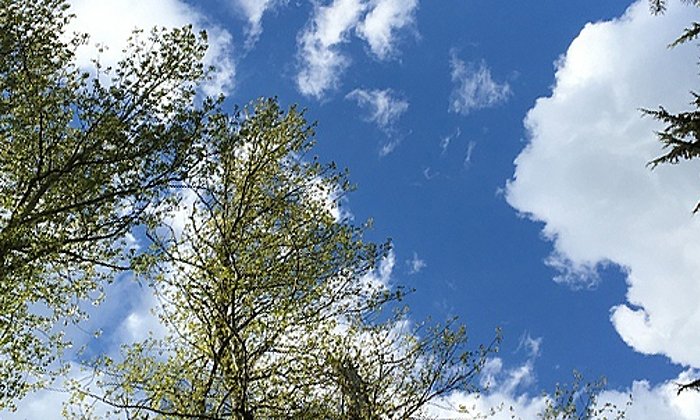Surprising result of an elaborate genome analysis of the plant world
Pumpkins and roses are closely related
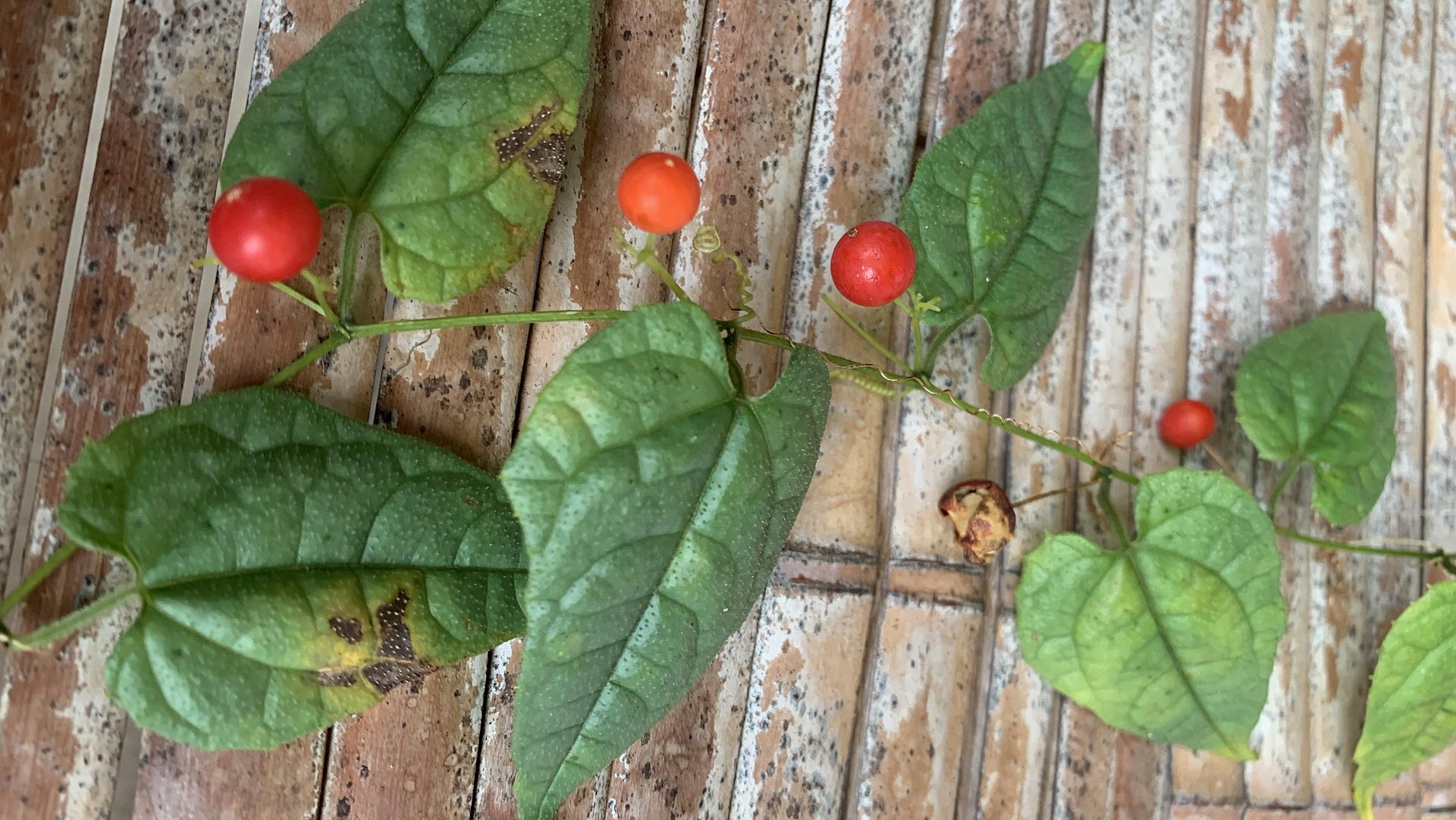
The TUM researchers were an essential part of the "Plants and Fungal Trees of Life" (PAFTOL) project. In almost 5 years of work, the DNA of the cell nucleus was extracted from plant material in museums around the world, and the genetic information was read out in 353 gene regions. This huge amount of data was then used to elucidate the evolutionary links between species. The Royal Botanic Gardens in Kew, UK, was in charge of the project.
The TUM researchers focused on cucurbits and their relatives, which are important fruit and vegetable plants. For example, watermelon, cucumber, zucchini, and also begonias, which are popular ornamental plants, belong to this family group. Now, rose-like plants, including apple trees, have been added. It was previously assumed that pumpkins were more closely related to beech trees.
Such information is of great importance for the breeding improvement of our crops. It shows impressively how important it is to preserve biodiversity in natural habitats as well as in museum collections. In some cases, plant samples hundreds of years old were examined and genetically compared. The long-term goal of the international researchers is to create a family tree of all 330,000 known flowering plants.
Alexandre R. Zuntini, Tom Carruthers, Olivier Maurin et al, “Phylogenomics and the rise of the angiosperms”, published in Nature, 24.04.2024, www.nature.com/articles/s41586-024-07324-0
Technical University of Munich
Corporate Communications Center
- Ulrich Meyer
- presse@tum.de
- Teamwebsite
Contacts to this article:
Prof. Dr. Hanno Schaefer
Technical University of Munich
TUM School of Life Sciences
Chair of Plant Biodiversity Research & Herbarium TUM
+49 8161 715884
hanno.schaefer@tum.de
www.biodiv.wzw.tum.de
